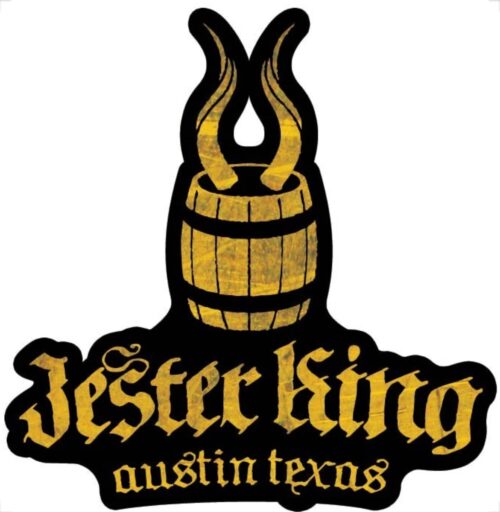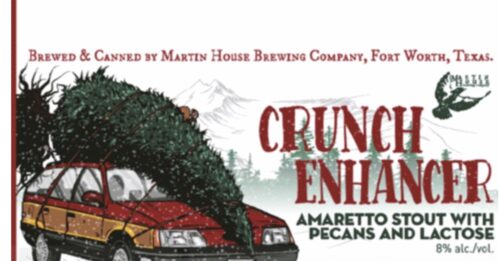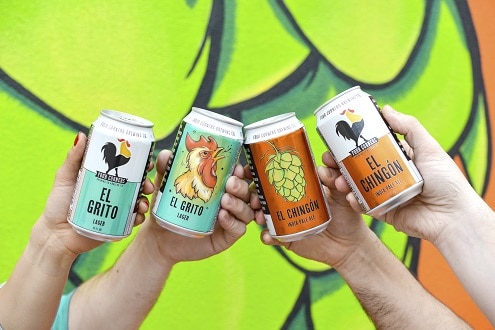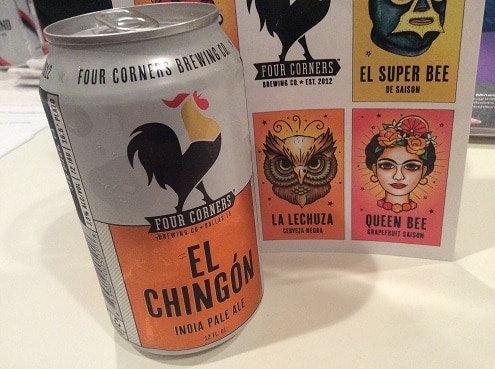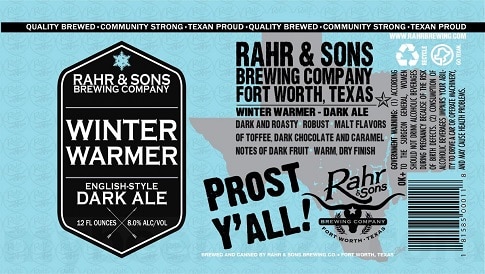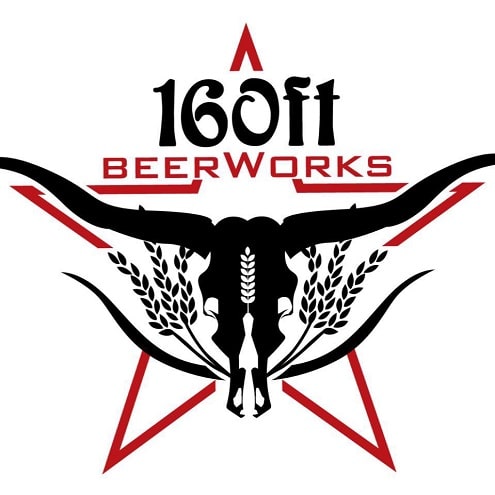- Why come to Los Angeles in 2019?
Los Angeles has a thriving craft beer scene and one of the nation’s largest Hispanic populations, so bringing our flagship El Chingón IPA and El Grito Lager here is the perfect next step in the Four Corners Brewing Co. journey. We bring together the culture of craft brewing with Mexican-American bicultural heritage, creating flavorful craft beers accompanied by vibrant lotería-inspired branding. Four Corners is perched at the intersection of the growing popularity of traditional Mexican import beers and the innovative nature of craft brewing. This blend results in a craft brewery with the ability to appeal to L.A.’s wide range of culturally diverse beer drinkers.
2. Can you give us the origin story of Four Corners Brewing
Four Corners is our collective beer
journey that has taken us from being better-beer enthusiasts and home brewers
to launching and nurturing our brand in Texas for more than seven years. Four
Corners was founded in 2012 in an effort to elevate craft beer culture in our
hometown of Dallas. Our goal was to reflect the diversity of the neighborhood
and bring together creative groups of people to celebrate a common passion.
Before
founding Four Corners, Co-Founders Greg Leftwich, Steve Porcari and I had
become enamored by the American craft beer movement and were inspired to share
our passion with others. Our true beginning goes back to Porcari’s home garage
where we gained a deeper appreciation of the styles, ingredients and brewing
processes as home brewers.
We’re proud and excited that our journey now provides the opportunity to brew our bold, delicious beers in San Diego and raise a pint with the people of Los Angeles and Southern California.
3. What is the flagship beer for Four Corners and will it translate to the LA market?
We’re bringing
two flagship offerings to Southern California– El Chingón IPA and new El Grito
Lager. Both are available now throughout Los Angeles and San Diego in colorful
seis-packs and on draft at popular bars and restaurants.
We believe our bold brews and Mexican-American inspired branding will appeal to Los Angeles’ bicultural beer drinkers as well as craft fans seeking new experiences. That’s what’s special about Four Corners — our beers hold their own against American craft brewers in terms of flavor and complexity and our vibrant branding attracts bicultural drinkers.
4. What is the Dallas craft beer scene like in 2019?
When we launched Four Corners in 2012 in Dallas,there were only a handful of breweries in the state and only two in the entire North Texas region. These days, there are more than 250 craft breweries in Texas. We’re proud that Four Corners helped pioneer and shape the burgeoning craft beer scene in North Texas and added a unique dimension to the Texas craft beer landscape.
5. What has been the impact of Constellation for the brewery?
We’ve embraced our partnership with
Constellation Brands. It has provided the opportunity to share our beer with
more people, first throughout Texas and now in Los Angeles and San Diego.
Our standard
of brewing has remained unchanged because our management team and employees
have continued delivering the same innovative and fresh flavors consumers enjoy
today.


